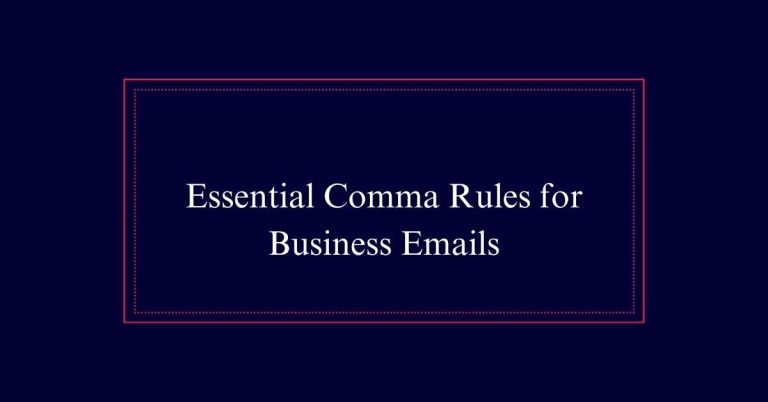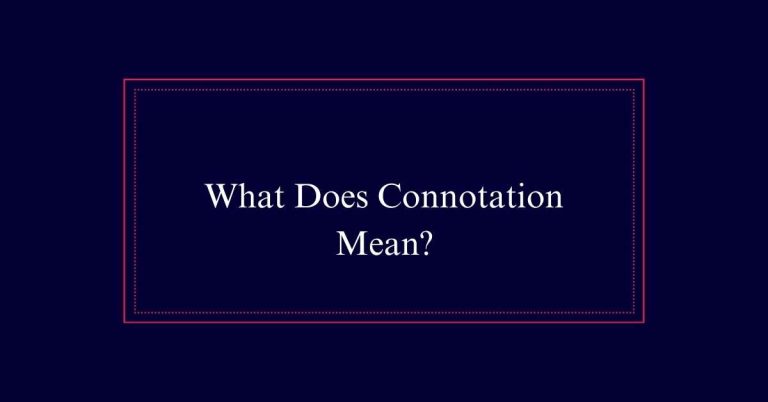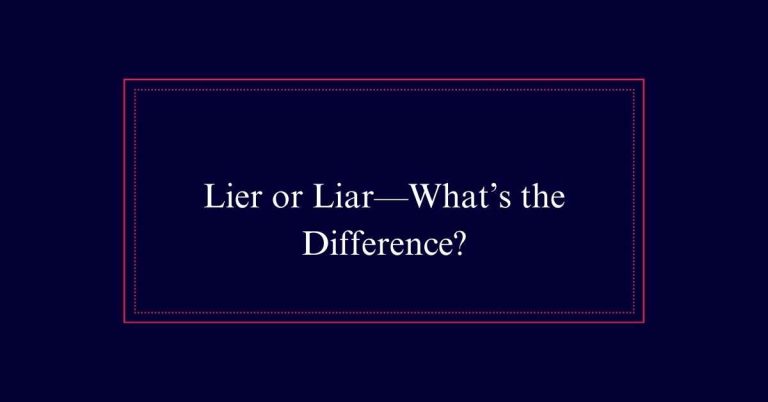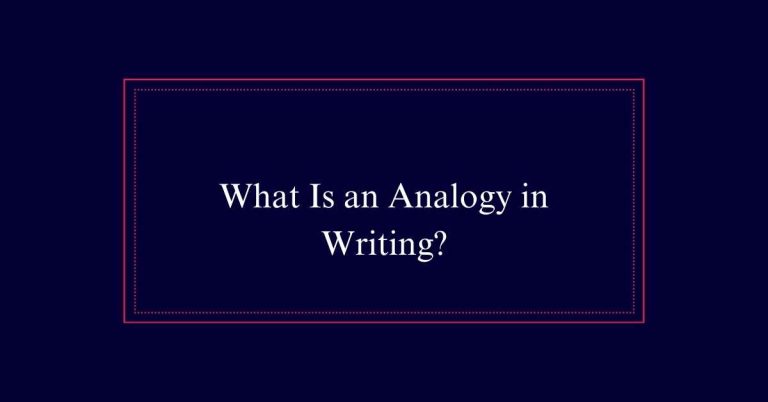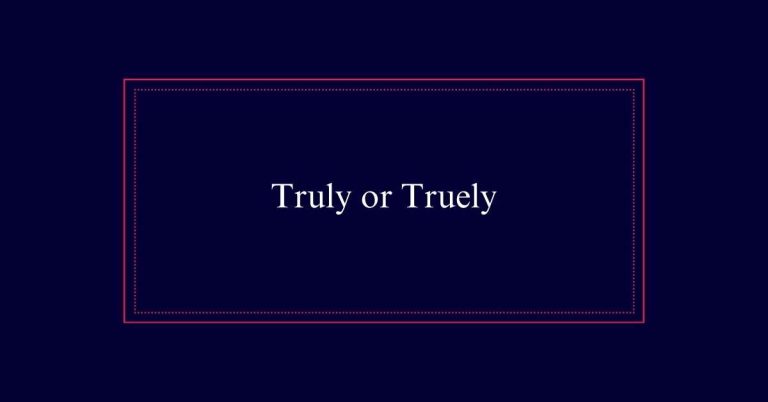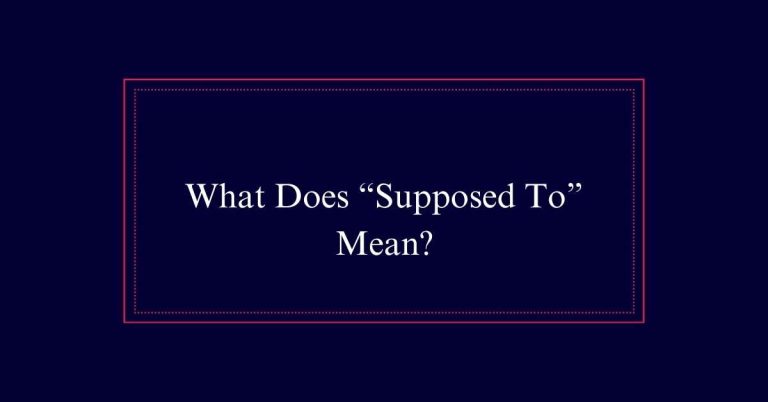Into Vs. in To: Learn the Difference With Examples
“Into” and “in to” serve different purposes in sentences. “Into” is a preposition indicating movement or transformation, often used to show change or direction, like “She walked into the room.” On the other hand, “in to” is a combination of two words where “in” shows location or position and “to” indicates direction or purpose, as in “She went in to get her keys.”
Understanding “Into”
The word ‘into’ is a preposition used to indicate movement or conversion from one state to another. For example, it is used when describing physical movement, such as putting a cat into its carrier or placing a letter into an envelope. It also signifies conversion, like a caterpillar changing into a butterfly.
The term helps to show a change or a shift in state. Additionally, ‘into’ clarifies spatial relationships, as in sorting files into labeled folders. It is important to distinguish ‘into’ from ‘in to,’ which can lead to confusion.
Defining “In To”
When used separately, ‘in’ and ‘to’ can appear together in a sentence but function individually. The word ‘in’ often acts as a preposition, indicating location or position. For example, ‘She walked in to the room,’ where ‘in’ shows the action of entering.
Meanwhile, ‘to’ typically serves as a preposition indicating direction or purpose. In the previous example, ‘to’ shows the room as the destination.
These words should not be confused with ‘into’, which combines the meanings of both words to indicate movement toward the inside of a place.
Common Uses of “Into”
Understanding the distinct roles of ‘in’ and ‘to’ sets the stage for exploring the common uses of ‘into’.
‘Into’ often indicates movement or transformation. It describes physical movement from one place to another, such as ‘Put the cat into his carrier.’ It also signifies transformation, like ‘The caterpillar changed into a butterfly.’
Additionally, ‘into’ can denote entering a state or condition, as in ‘He was whisked off into another dimension.’ Using ‘into’ correctly helps clarify relationships involving movement, transformation, or entry.
This preposition places something inside or within something else, enhancing the accuracy of written and spoken communication.
Examples of “Into”
Examples of ‘into’ illustrate how this preposition indicates movement, transformation, or entry.
For instance, ‘Put the cat into his carrier for the vet visit’ shows physical movement.
In ‘Place the letter into a pink envelope with a kiss,’ ‘into’ denotes entry.
Another example is ‘Fred was whisked off into another dimension by touching the amulet,’ which indicates entry into a different space.
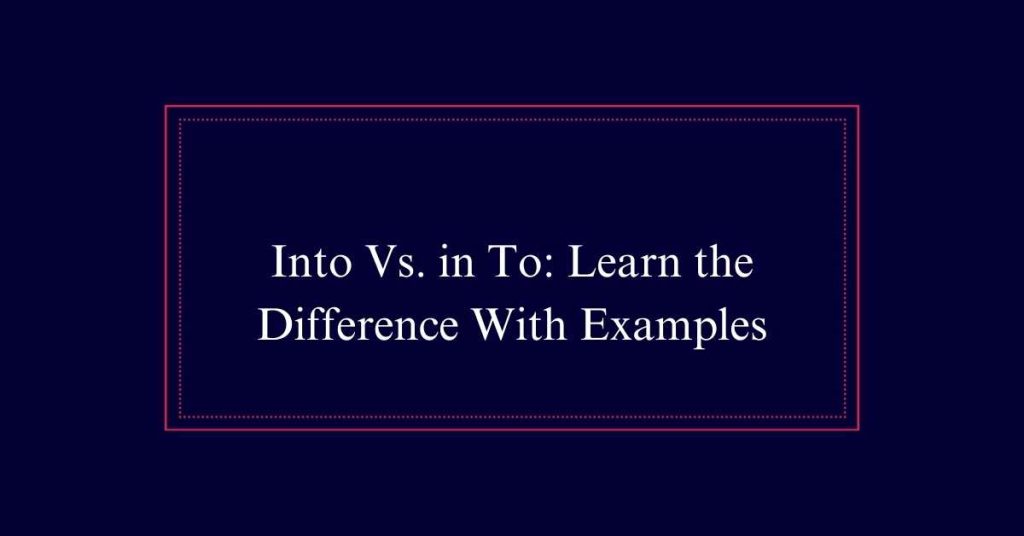
Additionally, ‘Felicia sorted files into labeled folders’ shows items being placed within specific categories.
These examples clearly demonstrate how ‘into’ is used to show direction or placement. Understanding these nuances helps in distinguishing ‘into’ from ‘in to,’ which can often be confusing due to their similar sounds.
Transformation With “Into”
The preposition ‘into’ is often used to signify transformation, indicating a change from one state to another. This concept is pivotal in understanding how ‘into’ functions within a sentence. For example, a caterpillar changes into a butterfly, showcasing a clear transformation. Similarly, ceramic filters transform dirty water into drinkable water.
Here are more examples to illustrate this point:
| Example | Explanation |
|---|---|
| Caterpillar into butterfly | Change of form |
| Dirty water into clean water | Purification process |
| Cinderella’s coach into pumpkin | Magical transformation |
| Ice into water | State change |
| Raw ingredients into a meal | Cooking process |
Phrasal Verbs With “In To”
While ‘into’ often signals transformation, ‘in to’ frequently appears in phrasal verbs, which can cause confusion. Phrasal verbs are combinations of verbs and prepositions or adverbs that create unique meanings. When ‘in’ joins with ‘to,’ it forms part of these structures.
Here are some examples of common phrasal verbs using ‘in to’:
- Log in to: Access a computer system.
- Tune in to: Adjust a device to receive a signal.
- Check in to: Register upon arrival at a place.
- Break in to: Enter a place by force.
Common Mistakes
Understanding the difference between ‘into’ and ‘in to’ can be tricky, often leading to common mistakes even among experienced writers.
One frequent error is using ‘into’ when ‘in to’ is correct. For example, ‘He logged into the website’ should be ‘He logged in to the website.’ Here, ‘in’ is part of the phrasal verb ‘log in,’ and ‘to’ is a preposition.
Another mistake is the reverse: using ‘in to’ instead of ‘into.’ For instance, ‘She walked in to the room’ should be ‘She walked into the room.’ This error occurs because ‘into’ indicates movement towards the inside of a place.
Recognizing these patterns can help avoid these common pitfalls.
Role of Prepositions
Prepositions play a crucial role in clarifying relationships between elements in a sentence. They provide context for how objects and actions relate to one another, specifying aspects such as location, direction, and time.
Consider the following functions of prepositions:
- Spatial Relationships: Indicate where something is located (e.g., on, under, between).
- Temporal Relationships: Define when an event occurs (e.g., before, after, during).
- Directional Relationships: Show movement towards or away from something (e.g., to, into, through).
- Functional Relationships: Explain how things are used or connected (e.g., with, about, for).
Differentiating “Into” and “In To”
Distinguishing between the prepositions ‘into’ and ‘in to’ is important for clear and accurate communication.
‘Into’ is used when something moves from one place to another, often indicating a transformation or a physical entry. For example, ‘She walked into the room’ or ‘The caterpillar turned into a butterfly.’
On the other hand, ‘in to’ consists of the adverb ‘in’ followed by the preposition ‘to.’ It appears when ‘in’ is part of a phrasal verb and ‘to’ is part of an infinitive verb or preposition. For example, ‘Log in to your account’ or ‘She turned the paper in to the teacher.’
Frequently Asked Questions
How Do You Use “Into” in a Sentence?
To use “into” in a sentence, place it to indicate movement or transformation. Examples include: “She walked into the room” or “The caterpillar turned into a butterfly.” It shows entry or change of state.
Can “In To” Ever Be Used Interchangeably With “Into”?
“In to” and “into” are not interchangeable. “Into” indicates movement or transformation within something. “In to” combines “in” (part of a phrase or verb) with “to” (a preposition or infinitive marker).
What Are Some Examples of Phrasal Verbs That Use “In To”?
Examples of phrasal verbs using “in to” include “log in to your account,” “tune in to the broadcast,” and “check in to the hotel.” These phrases combine a verb with “in” followed by the preposition “to.”

